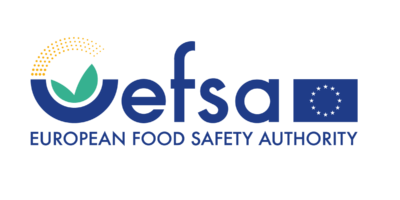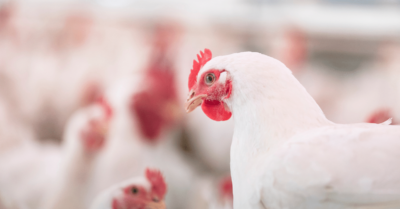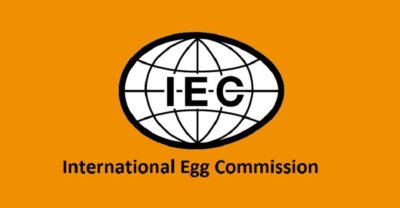The debate on the spread of Avian Influenza (Bird Flu) and the possible methods of controlling it represents one of the hottest current topics in the animal husbandry and health sector.
EFSA (European Food Safety Authority) is one of the main public world bodies dealing with animal health. One of its purposes is also to perform risk assessments in the field of animal health and welfare and put forward recommendations and standards for improvement to ensure it. Lately, EFSA has shown extensive concern with both low and highly pathogenic Avian Influenza (LPAI e HPAI). One of the most recurring recommendations is to deploy strict biosecurity measures on farms, lavishing maximum attention on the disinfection of premises, surfaces and equipment, beginning with the removal of dust and organic material, to allow the biocide used to reach a concentration capable or removing pathogens, thereby avoiding the onset of resistant strains.
One of the most recurring recommendations is to deploy strict biosecurity measures on farms, lavishing maximum attention on the disinfection of premises, surfaces and equipment, beginning with the removal of dust and organic material, to allow the biocide used to reach a concentration capable or removing pathogens, thereby avoiding the onset of resistant strains.
The evolution in the worldwide spread and presence of such pathology requires, among the possible prevention measures, utmost care in the choice and maintenance of breeding and transport equipment that allow the suitable performance of cleaning and disinfecting operations.
Meticulous design and prudent choice of materials and possible additives (such as the addition of an effective antibacterial) for the production of the entire range of GPP branded products are thus a real contribution to reducing the health risk and facilitating the preservation of suitable hygienic conditions, both in breeding and in the subsequent production processes.
The topic has also been debated at a technical and scientific level during the recent IEC spring conference (https://www.internationalegg.com ), which was held in Barcelona from 16 to 18 April 2023.
On this occasion, a world-class expert such as David Swayne DVM PhD (United States) updated the large group of participants from all over the world on the state of the art of the pathology and on the possible steps to counter it, in addition to developing remarks on the implications of a possible vaccination.


